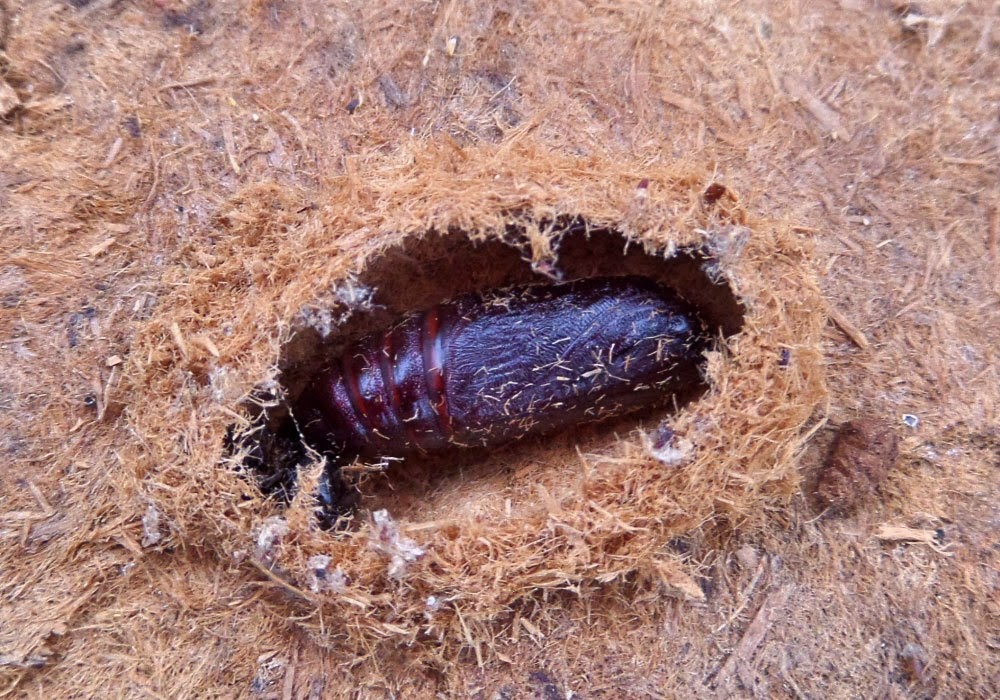A couple of interesting introduced species in France that many people will have come across and which are noticeable due to their somewhat unusual behaviour.
Isodontia mexicana known as the grass carrying wasp and Sceliphron curvatum a “Mud dauber” have established themselves rather successfully in France. Isodontia mexicana can be found in all regions and Sceliphron curvatum is so far restricted to more or less the southern two-thirds of the country but the expansion is rapid. Both belong to the Sphecidae which are a cosmopolitan family of wasps of the suborder Apocrita that includes sand wasps, mud daubers, and other thread-waisted wasps.
Isodontia mexicana arrived in Europe from North America in the 1960s. For several years, it remained confined to the Mediterranean region, but from 2003, a year which was particularly hot, it began to extend its range northward. It is currently found in France Switzerland Hungary Italy Spain
Females use existing holes or hollow plant stems as nest sites where she may create as few as 2 cells or as many as 8 cells depending on space available each cell being separated by plant fragments. Each cell is provisioned with a living grasshopper or cricket that has been paralysed and on which she places an egg thus providing the fresh food the larva requires for its development. Finally the hole is stuffed with dry grass or stalks, hence the common English name. Eggs that are laid late in the season will overwinter after sheltering in a cocoon they have spun (diapause) and emerge in May or June. Early broods at this time of year will produce a summer generation that develops in a few weeks giving us two generations in a calendar year.
Click photos to enlarge
Photos above of Isodontia mexicana & nests
If you have a “bee hotel” and live where there are plenty of grasshoppers there is a very good chance that they will use that. Only significant predators are thought to be birds.
~~~~~~~~
~~~~
Sceliphron curvatum. The native range of this species extends from Iraq India Nepal Pakistan Kyrgyzstan Uzbekistan
Adults are between 15 and 25mm. The thorax is black with 2 yellow bands and the abdomen is orange with dark reddish bands.
After mating, the female builds a nest of mud that is made up of several tubular cells, each in the region of 20mm long that are constructed progressively at the same time as being provisioned with an egg and its food supply. Each of these cells is intended for a larva. When each cell is complete, the female hunts and stores enough spiders, usually from 6 to 15 but can be as many as 40, to feed the larva until it is metamorphosed. Live prey is paralyzed, thus constituting a reserve of fresh food. Having laid the egg on one of the spiders she closes the cell with mud. She continues building the nest until it has about 25 cells.
The larvae develop during the course of a few weeks and then turn into pupae in their cell, where they spend the winter. Adults emerge from their cells in the spring.
The nests are often to be found in peoples homes attached to furniture, folds in curtains, clothing and so on. I have sometimes found them between the roof of a hive and the lid and it’s likely that they search out places that are both warm and dry.
Photos above of Sceliphron curvatum. and nests
As introduced species it’s hard to say how much impact either of them causes or could cause in the future for indigenous species.
Chris





















